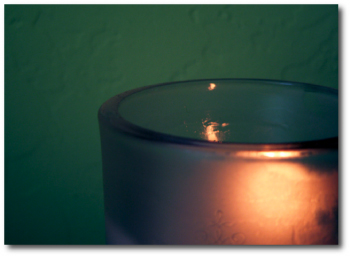
Image Source.
Saturn reached opposition yesterday, marking the moment in our yearly orbit when the Earth draws closest to the massive ringed giant. At midnight, Saturn is currently the only planet visible in the sky. It’s an odd feeling to stare at the bright unresolved spot of light that encompasses the planet, the rings, and the moons into a tiny golden point, and to know that Cassini, our robot emissary, is actually out there, almost a billion miles away, taking photograph after photograph, and radioing them back to a mere mouse click away.
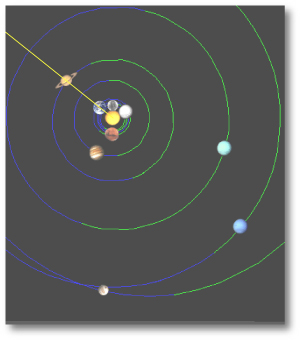
Schematic image of the solar system on 2/11/2007 created at Solar System Live.
Saturn and its rings are good reflectors of light, but nevertheless, in the vicinity of the planet, the glare is far from overwhelming. The ambient light levels are only a bit more than 1% that of a bright summer day on Earth. It would be easy to stare at the crisply defined terminator marking the day-night boundary on the planet and the arcs of black shadow cast by the rings. On the Cassini website, there are many views that show the planet as it would appear to human eyes.
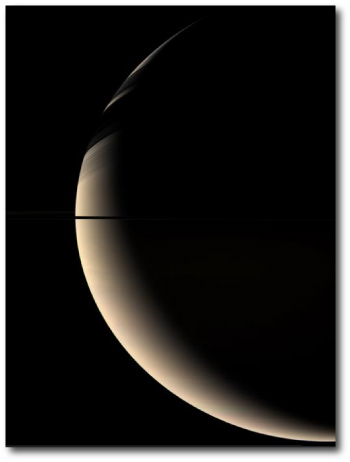
Image Source.
Cassini also has the ability to photograph in the infrared. The following false-color photograph shows visible and infrared images of the planet superimposed. In the infrared, Saturn glows with interior heat — still welling up from the planet’s formation — that illuminates the night from within.
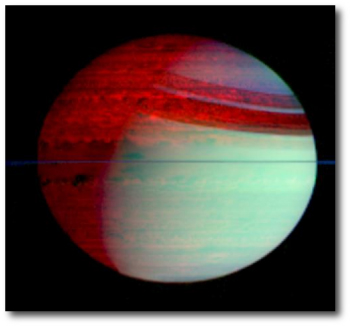
Image Source.
The picture above is not a bad approximation of what a younger more massive planet would look like to the naked eye. 2M1207 b, for example, which seems to have a mass about five times that of Jupiter, is in a 1700-year orbit around a young 25-Jupiter mass brown dwarf. At 1250 Kelvin, 2M1207b is still warm enough to be self-luminous in the visible region of the spectrum. It is also slightly illuminated by the light of its companion (whose ~2500K surface is intrinsically 100 times more luminous.) Methane absorption and Rayleigh scattering of incident light in 2M1207 b’s atmosphere likely give the weak crescent a bluish-green hue.
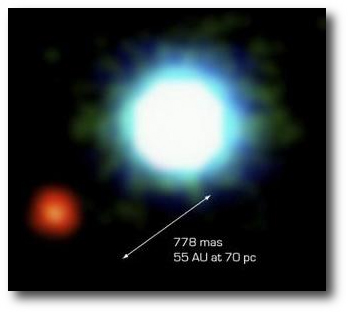
Image Source.
